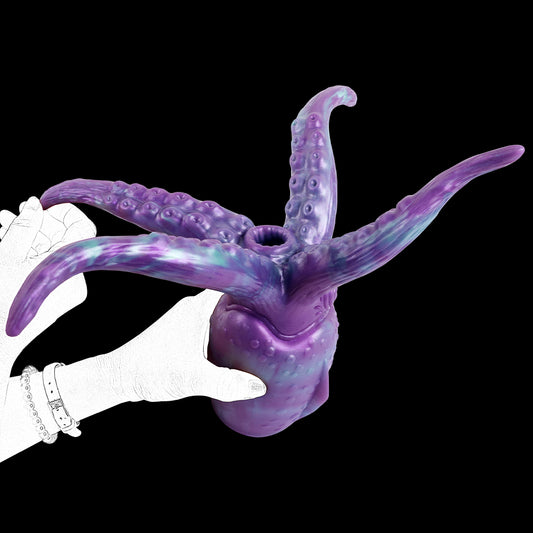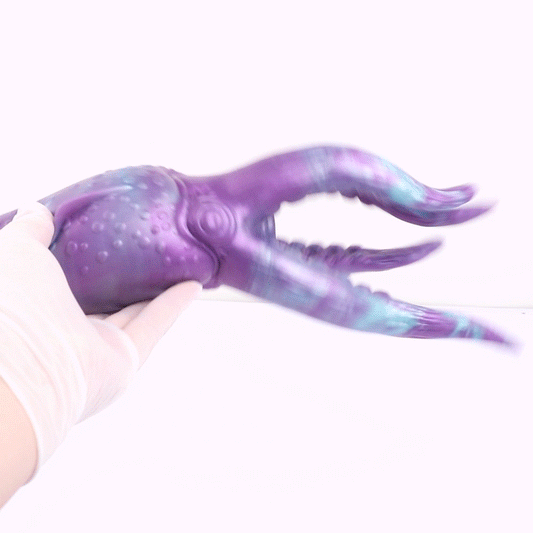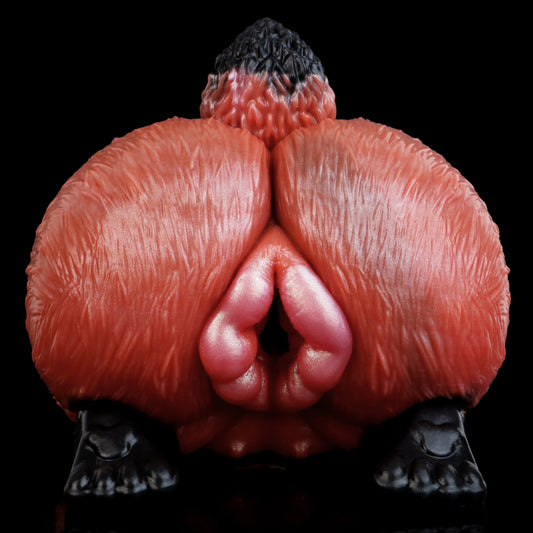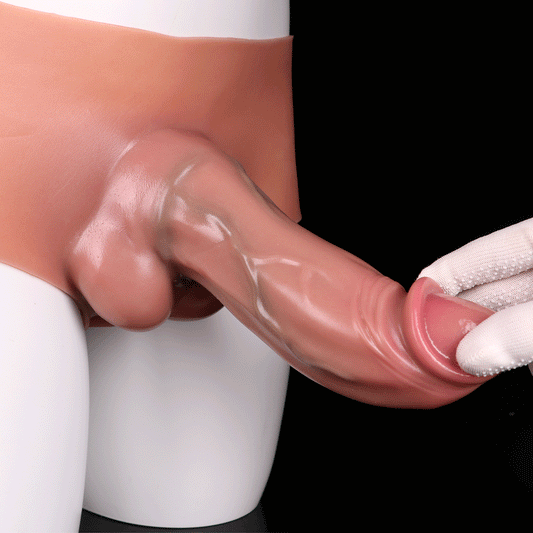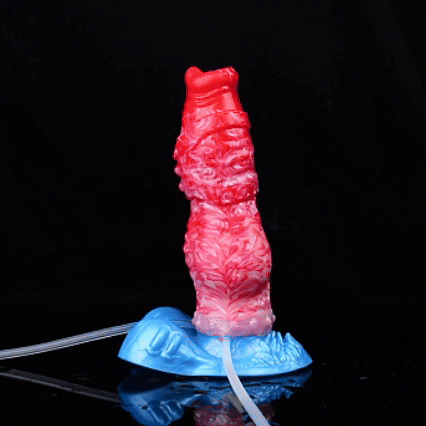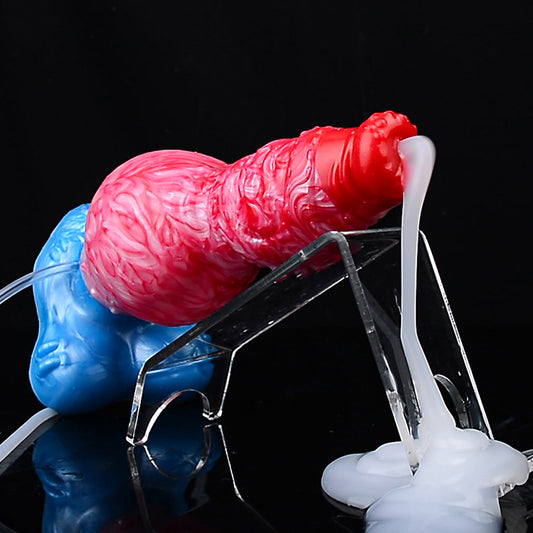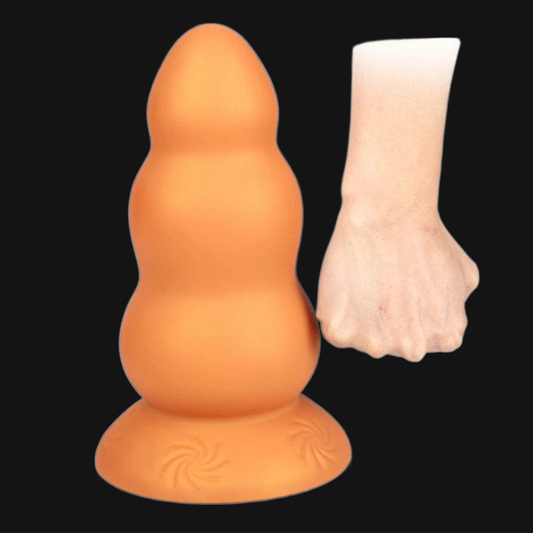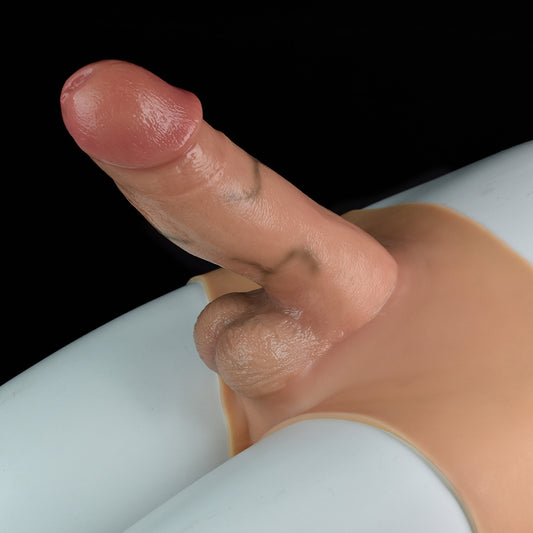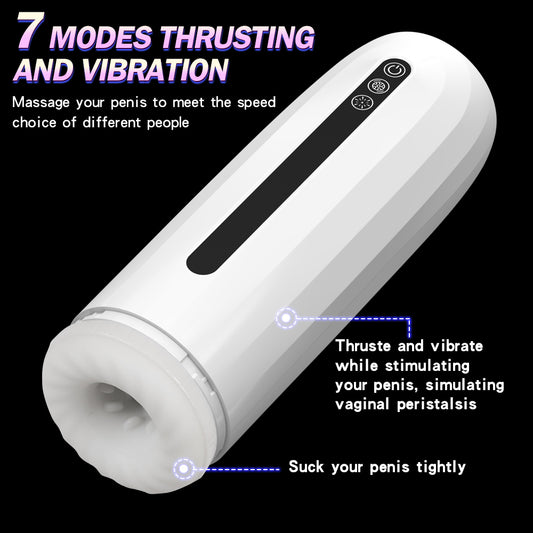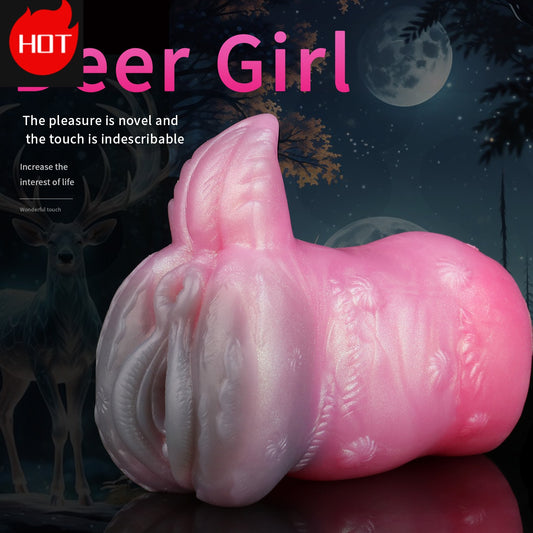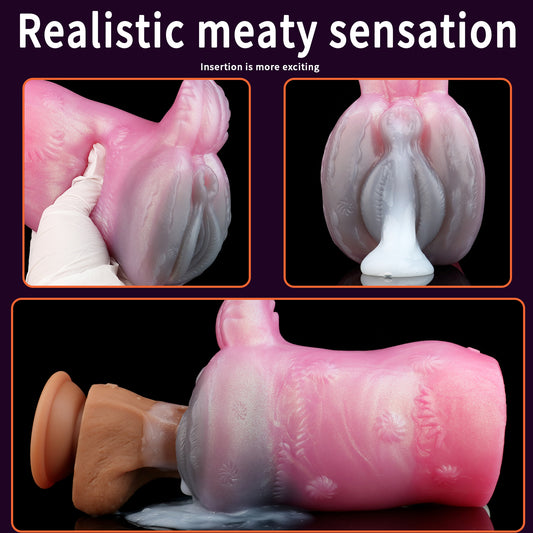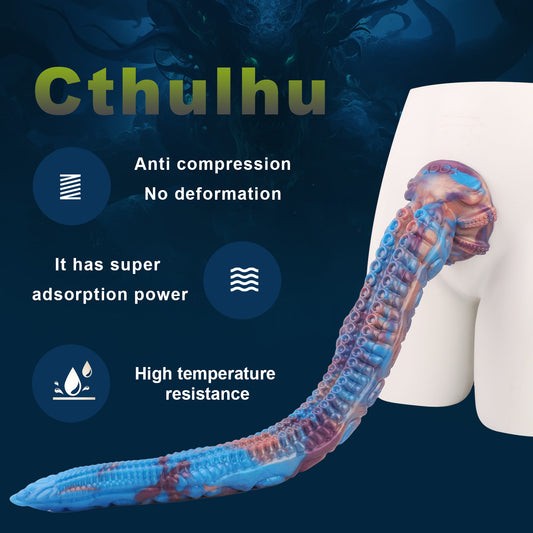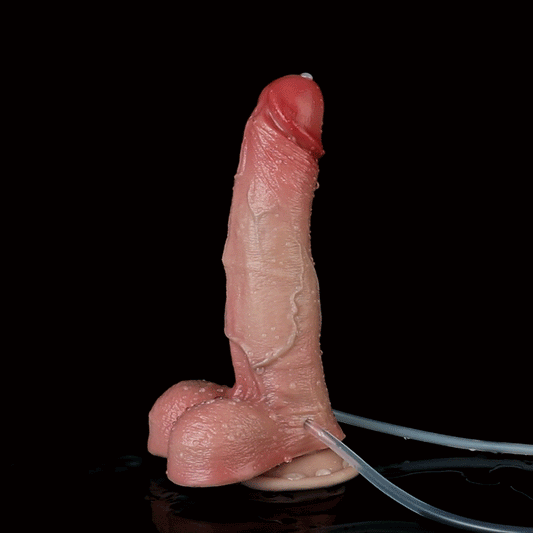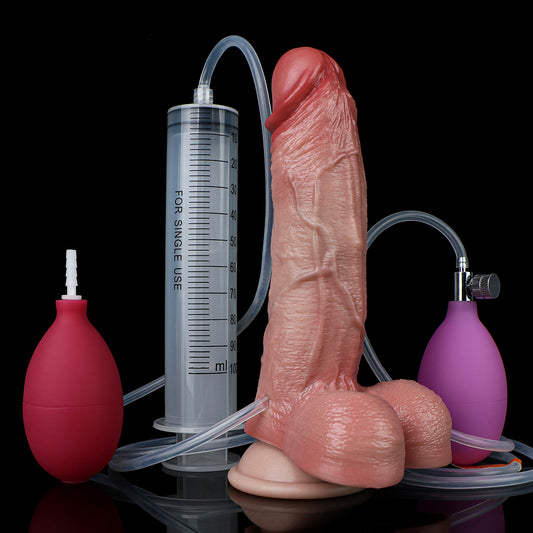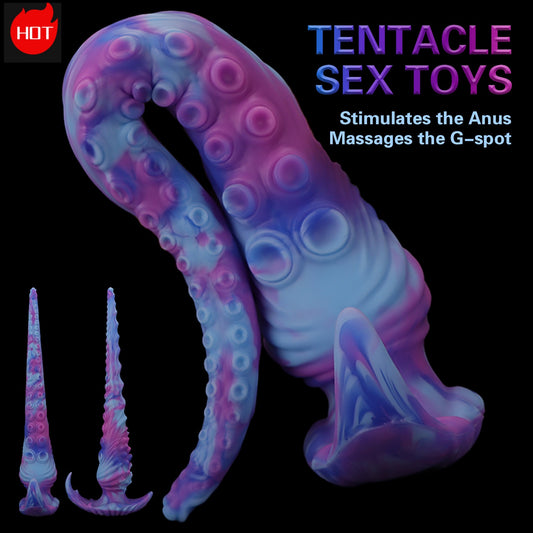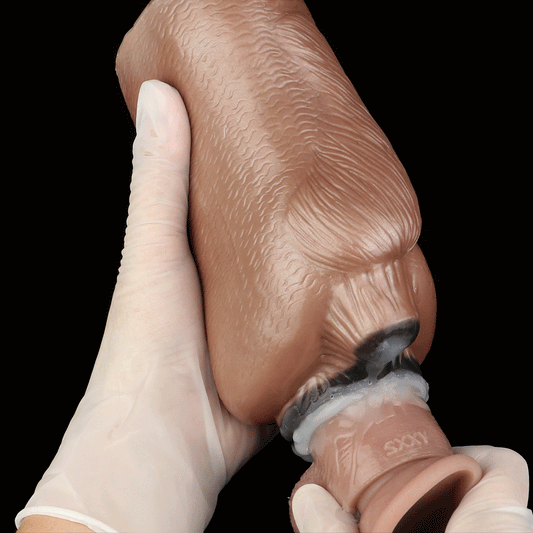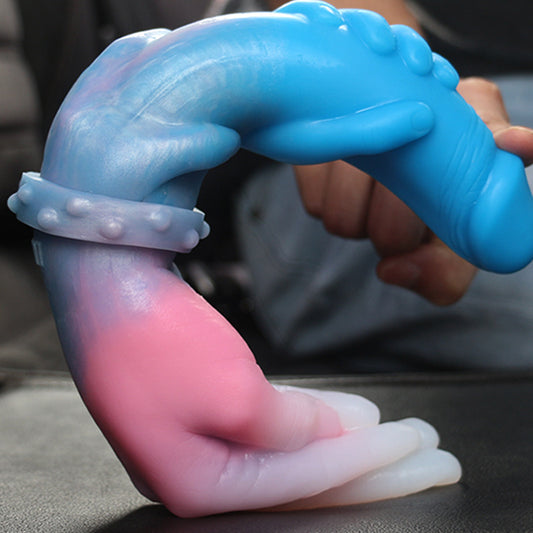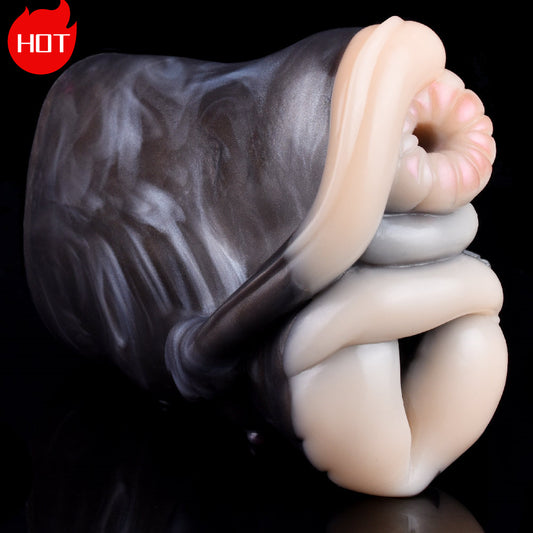
La redécouverte des corpuscules de Krause
Dans le monde de l’anatomie humaine, les découvertes conduisent souvent à des connaissances révolutionnaires sur notre physiologie. Une avancée récente a permis de découvrir un secret élaboré depuis plus de 160 ans, mettant en lumière les mécanismes à l’origine de l’excitation sexuelle au niveau du clitoris et du pénis. Cette révélation se concentre sur les corpuscules de Krause, un amas de terminaisons nerveuses identifié pour la première fois en 1860 par l'anatomiste allemand Wilhelm Krause.
Malgré leur découverte précoce, les corpuscules de Krause sont restés entourés de mystère pendant des décennies. Leurs propriétés et fonctions physiologiques n’étaient pas claires, ce qui les a conduits à sombrer dans l’obscurité. Cependant, dans une étude inédite publiée le 19 juin dans la revue Nature , des chercheurs de la Harvard Medical School, dont David Ginty et Lijun Qi, ont démystifié le rôle que jouent ces corpuscules dans le comportement sexuel.
Le secret derrière l’érection
L'étude révèle que les corpuscules de Krause sont essentiels à la fonction sexuelle chez les animaux. Ces terminaisons nerveuses spécialisées répondent aux vibrations basse fréquence, déclenchant l’érection et permettant la copulation. Les souris génétiquement modifiées dépourvues de ces corpuscules étaient incapables de s'engager dans des comportements d'accouplement, soulignant leur importance.
Grâce à divers stimuli mécaniques et électriques, les scientifiques ont démontré que les corpuscules des souris mâles et femelles réagissent aux vibrations comprises entre 40 et 80 Hz. Il est intéressant de noter qu’il s’agit de la même gamme de fréquences utilisée dans de nombreux jouets sexuels modernes, conçus intuitivement pour maximiser le plaisir bien avant que la science sous-jacente ne soit comprise.

Progrès de la science moléculaire
Ce bond en avant scientifique est dû en grande partie aux progrès de la biologie moléculaire. David Ginty et son équipe sont depuis longtemps fascinés par la nature énigmatique de ces amas nerveux, mais ce n'est qu'il y a environ 20 ans, avec l'avènement de techniques moléculaires plus sophistiquées, que des progrès significatifs sont devenus possibles. Cela met en évidence la nature interconnectée des progrès scientifiques : les percées dans un domaine propulsent souvent les découvertes dans un autre.
L'anatomie du plaisir
L’étude a également révélé que les souris mâles et femelles possèdent à peu près le même nombre de corpuscules de Krause dans leurs organes génitaux. Cependant, la taille plus petite du clitoris féminin entraîne une concentration de ces corpuscules beaucoup plus élevée que celle du pénis masculin plus grand, environ quinze fois supérieure.
Cette différence de concentration explique probablement la sensibilité accrue du clitoris, chaque corpuscule agissant comme un détecteur de vibrations sensible. Lorsqu’ils sont stimulés, ces corpuscules déclenchent rapidement l’excitation sexuelle et l’érection.
Réflexes sexuels autonomes
Un autre aspect fascinant de la recherche est la connexion des corpuscules de Krause à des régions sensorielles spécifiques de la moelle épinière. Même lorsque la moelle épinière est séparée du cerveau, la stimulation de ces régions entraîne toujours une érection et une contraction des organes génitaux, ce qui indique que les réflexes sexuels peuvent se produire de manière autonome sans implication du cerveau. Cette découverte, notée par Elena Gracheva, neuroscientifique à Yale, ouvre de nouvelles voies pour comprendre la sensibilité génitale et pourrait remodeler la façon dont les scientifiques abordent l'étude du comportement sexuel.
Implications pour la santé sexuelle
Alexander Chesler, biologiste sensoriel au Maryland Comprehensive Health Center, souligne les implications plus larges de cette recherche. La fonction sexuelle est un aspect fondamental de la biologie et un principal moteur du comportement et de l’évolution. Comprendre comment activer délibérément ces fonctions pourrait avoir un potentiel thérapeutique important. Par exemple, cela pourrait aider à restaurer la fonction sexuelle chez les personnes souffrant de lésions de la moelle épinière, à traiter la dysfonction érectile et à soulager des affections telles que les douleurs vaginales.
Directions futures
David Ginty et ses collègues continuent d'explorer d'autres facettes des corpuscules de Krause. Ils visent à déterminer si ces cellules nerveuses sont liées à la sensation de plaisir dans le cerveau, suggérant que le plaisir sexuel pourrait être directement médié par ces corpuscules. De plus, ils étudient comment la sensibilité de ces cellules évolue avec l’âge.
Ginty estime que chaque découverte apporte de nouvelles connaissances et reconnaît les vastes inconnues qui existent encore. À mesure que les scientifiques poursuivent leurs explorations incessantes, notre compréhension de la physiologie humaine s’approfondira, améliorant ainsi notre bien-être général. En effet, la santé sexuelle est un élément essentiel du bonheur, et ceux qui consacrent leurs recherches à faire progresser nos connaissances dans ce domaine méritent notre plus grand respect.


